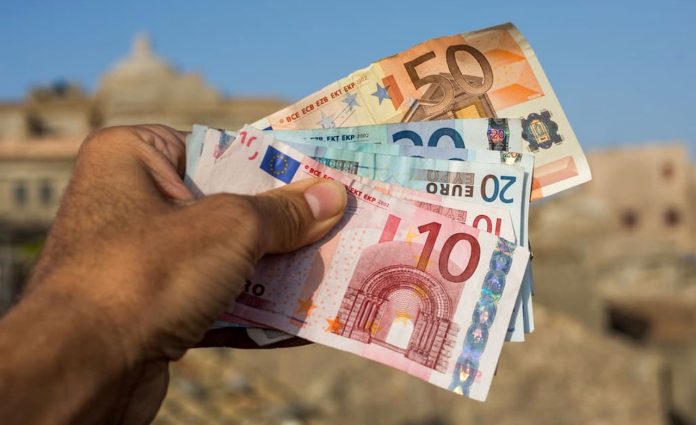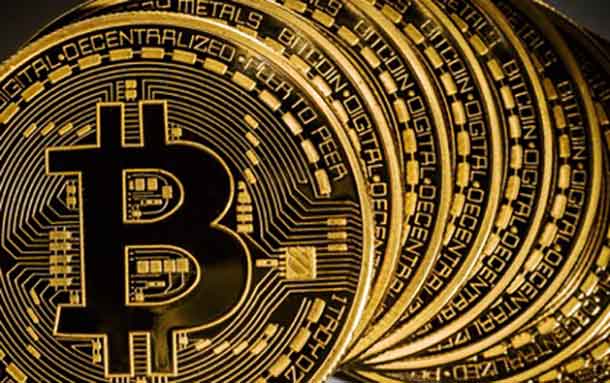In today’s complex and interconnected world, local communities often face economic challenges that call for innovative solutions. One such solution gaining momentum is the use of complementary currencies, which work alongside traditional national currencies to enhance local economic systems.
These specialized forms of exchange foster community cohesion, stimulate local businesses, and promote sustainable practices. Among the various types of complementary currencies, one particularly intriguing concept is the implementation of precious metals-backed currency, where the value of the currency is tied to the tangible and timeless worth of precious metals like gold and silver.
Complementary currencies are localized systems of exchange that encourage economic activity within specific communities or regions.
These alternative forms of money can be found in various forms, from time-based currencies that value everyone’s time equally to social currencies that promote community engagement and volunteerism.
While their designs may vary, their common goal is to address specific economic, social, or environmental challenges that traditional national currencies may not effectively tackle.
One noteworthy variant of complementary currency is the precious metals-backed currency.
This is where the currency value is linked directly to the value of precious metals. This link with the tangible asset offers a level of stability and security for the currency. That’s because the value is less susceptible compared to the fluctuating currency than fiat currency.
Historically, precious metals have been recognized as valuable assets worldwide, making them a reliable anchor for a complementary currency.
The concept of precious metals-backed currency is not entirely new. Throughout history, various societies have used gold and silver as a medium of exchange and a store of value.
Today technological advancements have made it feasible to create digital representations of precious metals. Which offers new possibilities for implementing such currency systems.
These digital representations often come in blockchain-based tokens or cryptocurrencies. These can be used for transactions within specific communities or networks, and they provide a secure and efficient means of exchange.
The introduction of a precious metals-backed complementary currency can yield several benefits for local economic systems.
Firstly, it enhances economic resilience by reducing dependency on centralized financial systems and national currencies that might be subject to inflation or economic instability.
However, the intrinsic value of precious metals helps preserve the currency’s worth. And it provides individuals and businesses with a reliable medium of exchange even during economic downturns.
Moreover, such a currency fosters a sense of trust and confidence within the community. Participants are more likely to embrace and use a currency that has a tangible and universally accepted value, like precious metals, as its foundation.
Since the trust in the currency grows, so does its acceptance among local businesses and residents has increased.
Additionally, a precious metals-backed currency can promote sustainable practices and local production.
Since the currency’s value is tied to precious metals, it encourages responsible resource management and discourages excessive consumption.
Local businesses and artisans are incentivized to produce goods and services locally. They further boost the regional economy and reduce the carbon footprint associated with long-distance trade.
However, it is essential to acknowledge that implementing a precious metals-backed currency also comes with challenges. The value of precious metals can experience fluctuations over time, albeit typically more stable than fiat currencies.
Managing these fluctuations and ensuring that the currency remains aligned with the underlying value of the precious metals require careful monitoring and governance.
In conclusion, complementary currencies offer an innovative approach to enhancing local economic systems and fostering community well-being.
Among the diverse range of complementary currencies, the concept of a precious metals-backed currency stands out for its stability, trustworthiness, and potential to encourage sustainable practices.
By harnessing the timeless value of precious metals, communities can create a reliable medium of exchange that bolsters their economic resilience and strengthens social bonds.
As we navigate an ever-changing economic landscape, exploring and embracing complementary currencies could pave the way for more inclusive and sustainable local economies.




